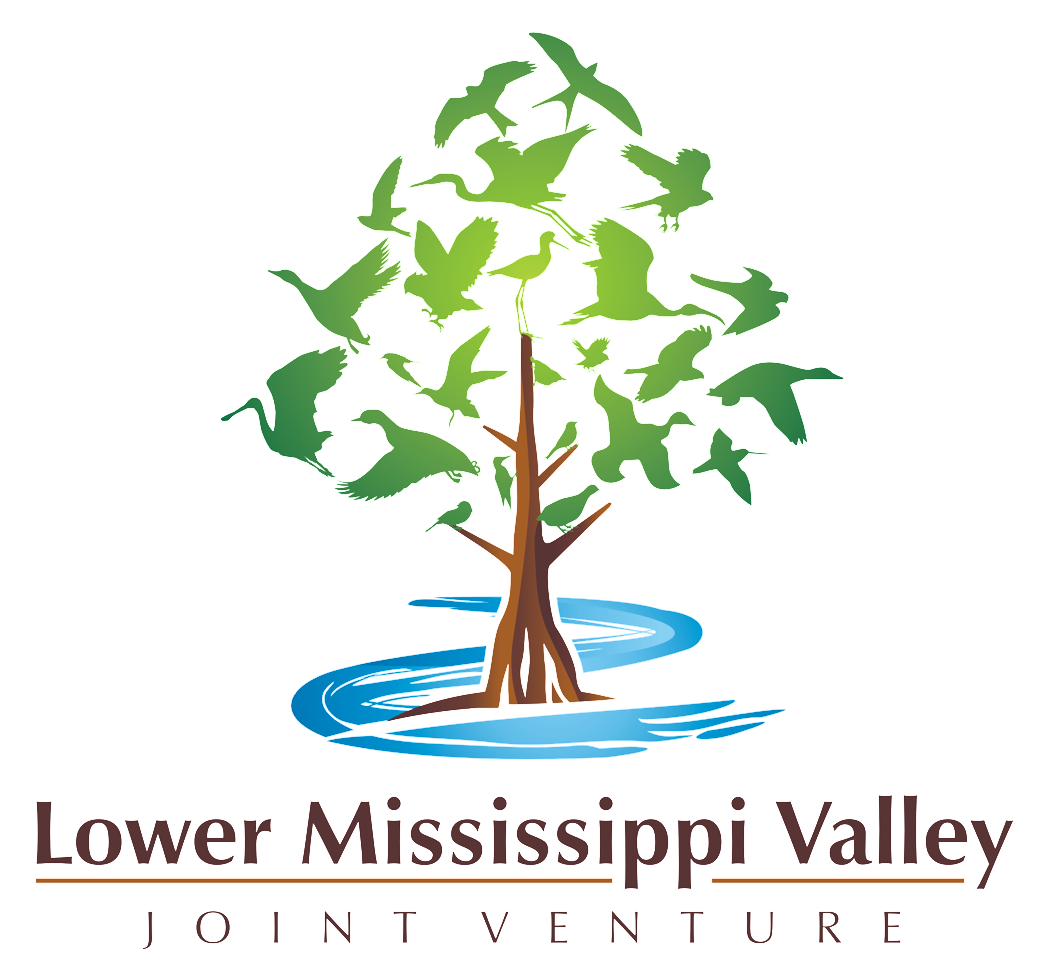Barn Owls increasing in Kentucky
by Kate Slankard
Kentucky Department of Fish and Wildlife Resources
Statewide Barn Owl surveys have been conducted in Kentucky on a three-year interval since 2010. Also in 2010, KDFWR began efforts to ensure that each known pair of Barn Owls had a safe nesting location provided to them by cooperating with private landowners to install nest boxes, when needed. Last year (2022) was an intensive survey year and it produced the highest count yet.
Much like the past surveys, the goal of the 2022 survey was to document as many resident Barn Owls as possible. During 2022, KDFWR personnel searched suitable nesting and roosting structures on both public and private lands for Barn Owls. Searches were focused in areas where Barn Owl sightings and nests had been documented in 2010–2021. Public outreach resulted in many new reports that were also investigated. Overall, 325 sites were checked for the presence of Barn Owls. To minimize disturbance most sites were checked via a camera on an extendable pole (“the peeper cam”).
One hundred and thirty-six confirmed Barn Owl nest locations were documented during the 2022 survey (Figure 1). Twenty-nine of the nest locations were at new sites (not recorded previously). In addition to the nesting pairs, eight pairs were found roosting together with no nesting confirmed and 23 solitary owls were documented in 2022.
Man-made structures used for nesting or roosting included nest boxes on various structures (49%), barns (12%), and building crevices—including attics (13%), silos (10%), grain bins (3%), elevated hunting blinds (4%) and bridges (2%). Natural sites included 10 nests in trees and one roost in a rock shelter.
Nest boxes placed on the inside wall of retired concrete silos were the most successful. Photo by: Kate Slankard
Nestling Barn Owls in nest boxes, photographed via the peeper camera in 202. Photo by: KDFWR
Since 2006, KDFWR has installed 226 nest boxes. Eighty-eight of these nest boxes were installed on public lands in suitable habitat, and 138 were installed on private land for Barn Owl pairs which needed a safer nest site. Overall, 50% of these nest boxes supported nesting or roosting owls at any time during 2010–2022, and some types of box installations had higher success rates than others. Nest boxes on silos and grain bins had the highest success rate; meanwhile nest boxes on trees had the lowest success rate.
Since 2010, nest box efforts have focused on maximizing the productivity of existing Barn Owl nests, whether they are on public or private land. Productivity may be hindered at unreliable nest sites. For example, many nests are initially found in precarious locations where nestlings can fall out before fledging or predators can gain easy access.
Nest boxes provide not only additional or higher quality nest sites, but a repeatable location to survey for owls. Nest boxes have been consistently and thoroughly monitored during each survey and the proportion of occupied nest boxes has increased over the course of this project, likely reflecting an increase in the population.
A full report can be requested from kate.slankard@ky.gov. See more information on Kentucky Barn Owls.



